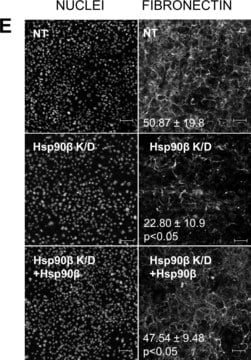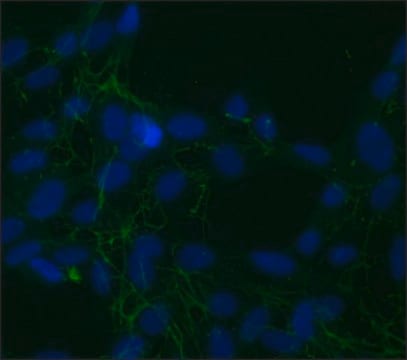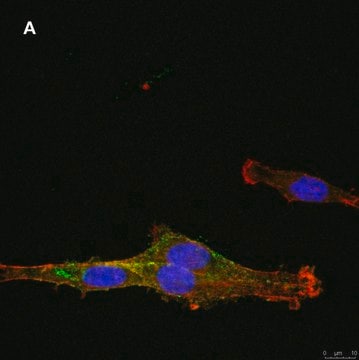MAK463
Hydroxyproline Assay Kit
sufficient for 100 colorimetric tests
Synonym(s):
Hydroxyproline Assay Kit (Perchlorate-free)
Select a Size
Select a Size
About This Item
Recommended Products
Quality Level
application(s)
cosmetics
detection method
colorimetric
relevant disease(s)
dermatological diseases; rheumatological diseases; neurological disorders; cancer; cardiovascular diseases
shipped in
ambient
storage temp.
2-8°C
General description
Features and Benefits
- Linear detection range 0.5 µg/mL to 50 µg/mL hydroxyproline
- Assay uses an improved perchlorate-free chemistry
Suitability
Principle
signalword
Danger
hcodes
Hazard Classifications
Eye Dam. 1 - Met. Corr. 1 - Resp. Sens. 1 - Skin Irrit. 2 - Skin Sens. 1
Storage Class
8A - Combustible corrosive hazardous materials
wgk_germany
WGK 1
Choose from one of the most recent versions:
Certificates of Analysis (COA)
Don't see the Right Version?
If you require a particular version, you can look up a specific certificate by the Lot or Batch number.
Already Own This Product?
Find documentation for the products that you have recently purchased in the Document Library.
Our team of scientists has experience in all areas of research including Life Science, Material Science, Chemical Synthesis, Chromatography, Analytical and many others.
Contact Technical Service









